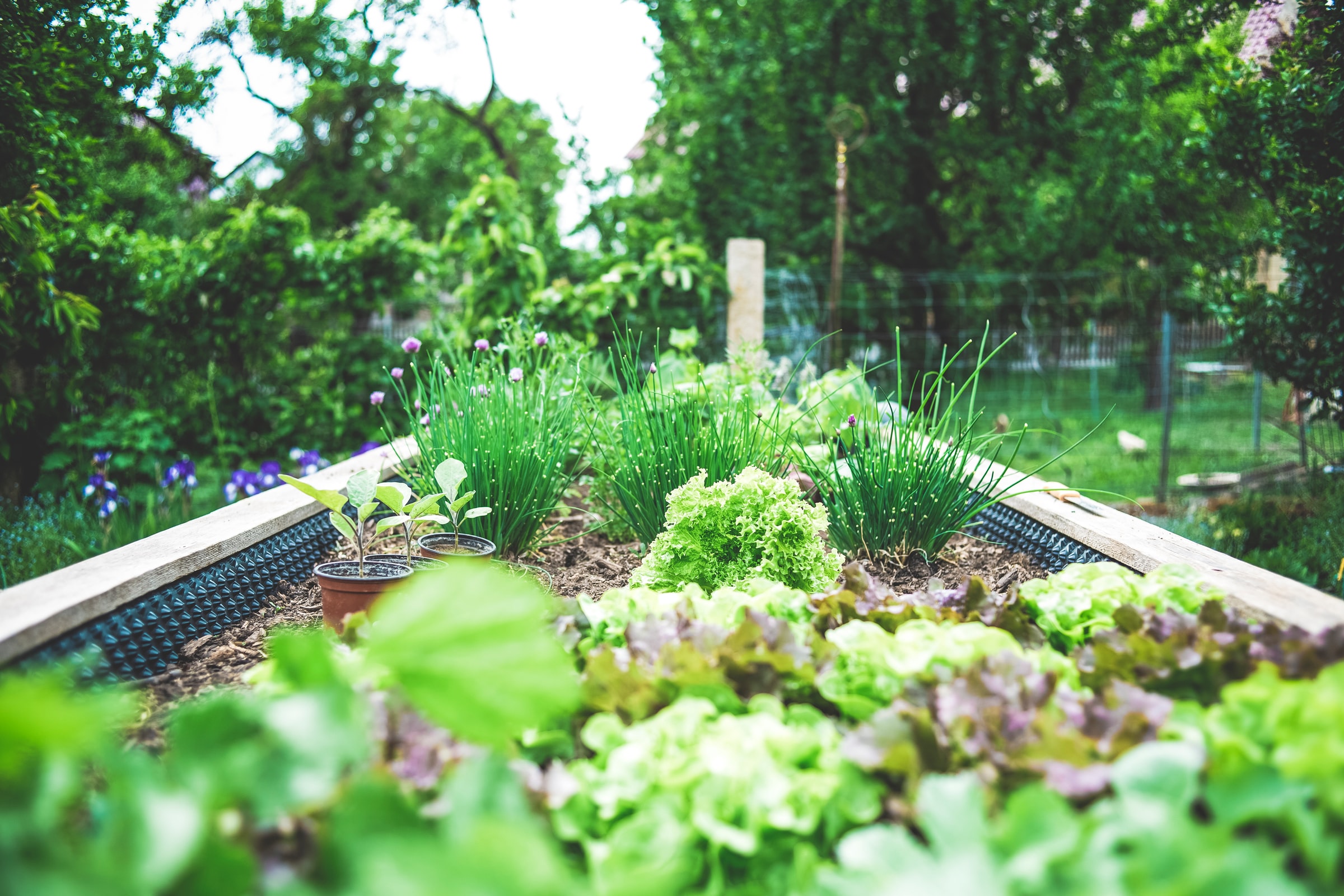One fruit gaining popularity in recent years for its delicious taste is the pitaya. It is called dragon fruit and belongs to the cactus family. The plant is native to the United States and is now cultivated in many parts of the world. Several varieties of this species are pretty surprising as they come in white, yellow, pink, and other colors. Growing pitaya requires essential care.
Characteristics and Properties
Pitaya consists mainly of water and contains many vitamins (vitamins B1, B2, B3, and C) and essential minerals such as iron, calcium, and phosphorus. They are particularly suitable for people with high cholesterol and those concerned about strengthening their immune system.
Cultivation of Pitaya
Pitaya may be cultivated from seed or by cuttings. However, if you choose to grow yours from seed, it will be more time-consuming and can take years before it starts providing fruits than growing dragron fruits by cuttings. They aren’t particularly brittle or hard to grow, it’s just a matter of time. Here is how to grow dragon fruit from cuttings.
Choose soil with enough space or a pot at least 25 cm deep and one with drainage holes in the bottom. If growing outdoors, find a spot that gets at least a few hours of sunlight a day. If winters in your area are severe, it is recommended to grow indoors, as severe frost can damage and kill the plant.
The soil or substrate for cacti should be slightly sandy and well-drained.
Take cuttings at least 2 years old and keep them in a cool place for 5 days before planting. Then transplant the cuttings into pots with the above properties and water them in a sunny spot.
Apply a small amount of cactus fertilizer when transplanting and several times a month during the hot season; after four months, the cactus can be transplanted outdoors or into a larger pot as its final location.

Dragon Fruit Care
Watering
The greatest danger to this tropical cactus is high humidity. It is easy to overwater to speed growth, but this will only lead to disease and deterioration. Water only when the substrate is dry.
Soil & Fertilizer
As for soil and fertilizer, they have the exact needs as most similar cacti. Succulents should be grown in potting soil and fertilized with a specialized fertilizer once a month or every 15 days during the spring and summer months. Natural compost is recommended for cacti. This plant needs a lot of sunlight, so unless you live in a sunny area, plant it in a bright spot during the day.

Pruning
Finally, pruning should be done immediately after transplanting cuttings to maintain proper structure and fruit yield. A common practice is to prune the production starting in the third year, except for one or two pods at the end, and remove all unsuccessful pods.
Harvesting and Eating
The fruit is staggered from fall to early spring. Except for the tips of the red-fruited pitaya varieties, you should pick them when they appear brightly ripe, pink, red, or yellow, depending on the type you are growing. If you are unsure, wait four days for the color to change.
This extremely low-calorie, sweet fruit is famous worldwide for its pleasant color and flavor and because it contains very few carbohydrates. It is effortless to eat. Just cut open the fruit to reveal the pulp and take a bite, or eat it with a small spoon, just like eating a kiwi.

Have you ever consumed or planted dragon fruits? Share your gardening experience and tips with us in the comments below!

